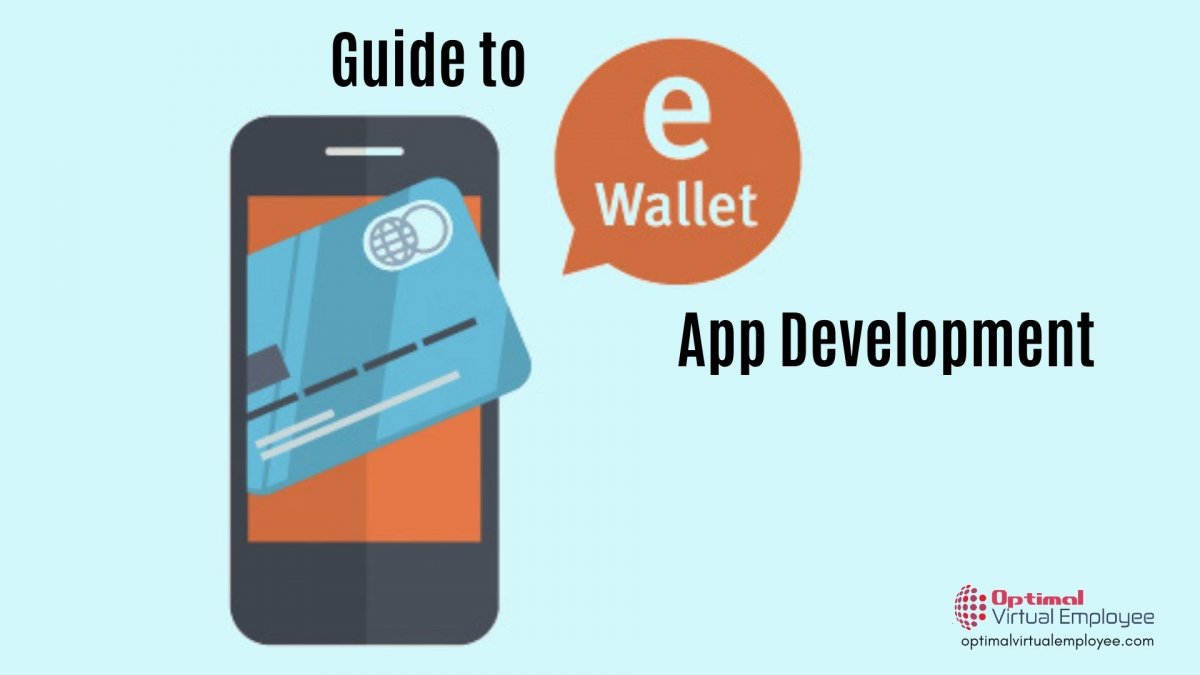E-Commerce is growing steadily with digitization and is gaining momentum during the pandemic. With this digital transformation, digital products are reflecting the surge as well. A Market Research Future report predicts that the e-wallet space is slated to expand worldwide with a CAGR of 15 % to nearly $2100 billion by 2023. Looking at the numbers, an investment today in developing a digital Wallet will be the best thing for your venture.
Methods of Digital Payments
Nowadays, more people would choose to browse online to make purchases, be it luxuries, comforts or necessities. As per a research study by Accenture, a 169 % increase is expected in eCommerce purchases post-pandemic
It is necessary to keep a tab on the profile of your target customer and the electronic modes for payment. Finalizing the payment collection mode is crucial in deciding the digital payment functionalities that suit your business requirements. Due to a surge in overall preference for e-payments, digital markets are flushed with different methods for processing electronic payment like:
- Direct Billing, which means adding the total amount of purchases to the buyer’s monthly phone bill by the seller. Generally, this mode is used in areas where other digital modes are not available.
- Near Field Communication (NFC) is a chip-enabled touchless mode for payments. The payer smartphone needs to be placed a few inches from the receiver’s device pad to enable NFC.
- Internet banking, where payments are processed over the internet. You need to activate internet banking on opening a bank account
- Wallet Apps on the mobiles allow payments to be processed if users have digital apps such as Google Pay, Paypal, etc. Most companies and stores nowadays prefer to accept payments through digital wallets instead of cash.
- Retail business houses ideally employ point of Sale (PoS) systems. It requires several components such as hardware, software, reporting, and staff management, etc.
- iBeacons and Bluetooth payment involve smartphones equipped with Bluetooth 4.0 or above that utilizes BLE transmitters for processing the transaction. The PoS terminal then retrieves the debit/credit particulars.
- Quick Response (QR) codes have recently garnered popularity. The cloud encrypts the QR code of your business which is scanned to process the payments by the user.
Of all these various transaction methods, the digital Wallet on the smartphone has gained the most popularity.
Must-Have Features of a Mobile Wallet
An e-wallet must have several features for optimal performance. Here are some important features that an e-wallet must have:
Customer/User panel features
- Easy navigation and Interactive UI.
- User registration via the email address or social media profile
- App security to keep data safe using either fingerprint, pattern, eye scanner, or pin locks.
- E-Wallet top-up allows users to add money to the digital Wallet using debit or credit cards.
- Money transfer makes it possible to transfer money to phone contacts.
- Integrating bank accounts allows users to integrate and manage their accounts.
- A dashboard that provides an overall holistic view.
- Push notification
Merchant/Admin panel features
- Sign in/sign up
- Log in to an interactive dashboard
- User management helps to edit details such as details of bank account, name, and others.
- Add/remove products displayed on the customized wallet apps.
- Bank account management to enable withdrawal of money to and fro between banks and mobile wallets.
- Offers management to run promotions, loyalty programs, discounts, and rewards.
- Intuitive dashboard to gain a complete picture of all the information.
How much does it Cost to Develop an eWallet?
Building an e-wallet application for a venture could be both simple yet challenging. The cost is dependent upon the extent of features incorporated and the functionalities that it delivers. These factors play a crucial role in determining the cost of development:
Design: Digital wallet needs to be interactive and intuitive. The design should be such that it can operate seamlessly on all platforms. Ease of navigation is fundamental to keep the user engaged.
Functions integration: The cutting-edge features that add to the functionalities come at a price higher than the elementary features.
Platform: The outlay would be higher if the e-wallet is put together for iOS and Android platforms. However, the cost of developing for iOS is comparatively less than for Android.
Tech Stack: The success of the digital Wallet is reliant largely on the technology stack integrated into the app development process. The best solution for building a robust architecture is to partner with an experienced app developer.
App developer: The budget is influenced by the app development agency’s resources, domain experience, expertise, and skills.
Location: The location of the developing agency has a decisive role in pricing. For example, developers in the US cost up to $ 250 per hour, while those in countries like India charge $ 80 per hour.
Factors To Keep In Mind While Developing Digital Wallet
Security: The onus is on the developing agency to ensure the security and privacy of the user because sensitive data can be hacked. Usage of advanced technologies makes decryption hard.
Digital transaction receipts: The digital receipts are dispatched to the email address or the user’s mobile number irrespective of the transaction’s amount or success.
Regulatory compliance: A knowledgeable legal team is indispensable when building an eWallet for your venture. The regulations are different in each country, and the app must meet the Payment Card Industry (PCI) security standards of the host country.
TO SUM UP
With everything going digital and the growing popularity of eCommerce, digital wallets are destined to stay. E-wallets have transformed transactions into a breeze. It is no doubt that businesses with a user-friendly e-Wallet will enhance their user’s shop and add to the total customer experience. To gain an edge over the competition, it is best to partner with an established mobile developer who understands the nitty-gritty of your business.









